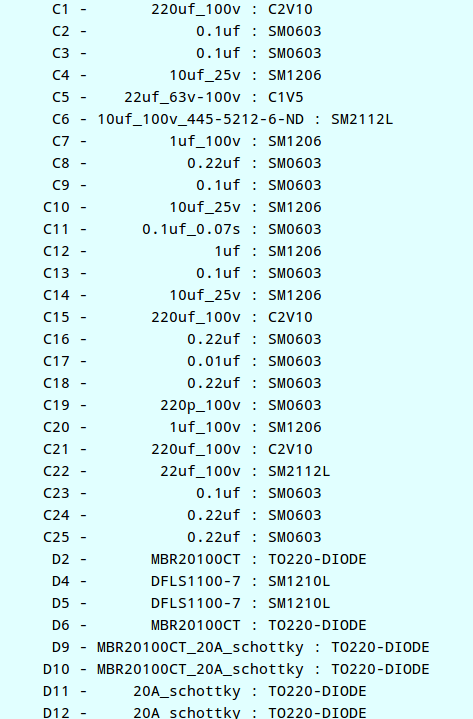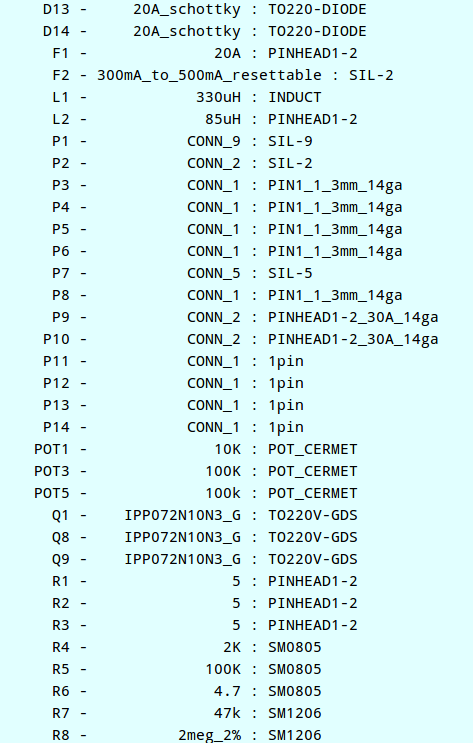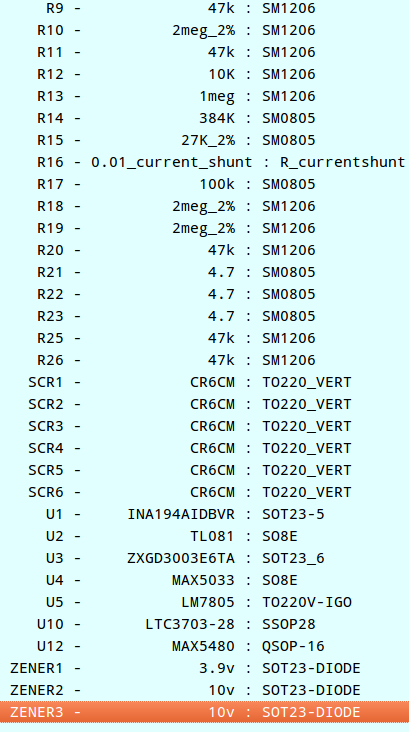MPPT Solar and Wind Power Boost Charge Controller
ALL MY PROJECTS ARE HERE: https://opencircuits.com/index.php?title=User:Definitionofis
This circuit is an analogue computer when run without a microprocessor. As revolutions per minute voltage rises, current is allowed to rise proportionally. The variable loading math is P = I(V-offset) and (V-offset)/I = R. It behaves like a fixed resistor load, R, although it is feeding a battery which has a hugely variable resistance. Also I x R = V. The op amp pegs I=V. Read about source to load "impedance matching" elsewhere to understand the point of this.
Here is a statement on the circuit diagram that explains the concept that the I and V input values are doing something to the output voltage to accomplish the above described load relationship. You understand that you can put more or less load on a generator or solar panel. Here is how: [The IN voltage is raised by lowering the OUT volts like a solar panel volts raise when you disconnect it from the load. The IN current is raised by raising the OUT volts like a solar panel sends more current when you connect the load. "OUT volts" to the battery is like gradually disconnecting or connecting a solar panel's load. The C9 "integration" capacitor starts at zero amplification and goes to infinite amplification causing an LTC3703 output change which eventually counters the input change that caused it thus arriving at a new output voltage. The OP AMP feeds an influence on FB which is confusing until you grasp these points. The FB pin only needs +-50mV to move the output radically.] The input current and input volts you notice go in opposite directions. So you can move them around until they are equal, thus doubling current and doubling voltage is four times the power; 2 squared=4x power, 3 squared = 9x power, 4 squared = 16x power. If I and V are not made equal then power is indeterminate, unknown, not a squared relation, and the resistance V/I is changing and not maintaining impedance matching to the source of power.
How do you set the offset? A variable resistor in the circuit does that and you must select a value which is a manually selected setting of the maximum power point. Thought experiment: You could put a high wattage fixed resistor as the load and move that resistance up and down to find the maximum power transfer point and then remove that resistor load and attach this circuit in its place and move the offset variable resistor to cause that same favourable voltage across the input terminals and then you know this circuit is acting like the same fixed resistor. If you attached directly to the battery without this circuit, you do not get a fixed resistor effect.
Squared is suitable for solar. Apparently, wind is a cubed relation of wind speed to power energy from that wind, not squared, like this analogue calculation yields; eg. 2I x 2V = 4xPower. So, maybe you need the microprocessor for optimizing wind MPPT, but without a microprocessor will be interesting by experiment, not theory.
Anyway, my very high voltage battery needs a voltage boost because my wind generator rarely gets above battery threshold volts, which is 48v to 59v, depending on how full. It is doing integration calculus math via the op amp without a microprocessor. I added a pin header for optional microprocessor control, which I have not tested.
(Edit: Apr 2016-Jun 2019: I have not looked at this for three years, and I am impressed with the elegance of my idea. It is handling hugely variable input voltage and unrelated variable output voltage, with an analogue circuit, like was typical of a circuit 40 years ago, before microprocessors became inexpensive. That Boost Controller was designed to take FB feedback only from the output to make a voltage flat. My innovation is to interfere with the FB level by that OpAmp so a battery, which is floating up in voltage as it charges, is fed with a boost controller output that is not putting out its typical fixed voltage, per its purpose in a normal power supply, but instead a variable target voltage. The second innovation is to determine what should that output voltage be, to load the solar panel or wind generator at its best point, which could be tiny current or high current depending on sun/wind conditions, and so that charging output voltage must be varied slightly and quickly (0.2s), even if the battery charge capacity is only changing slowly over time; 48v at discharged, 54v at full charge, for example, for lead-acid.)
In summary, this circuit matches a low voltage solar or wind turbine input to a higher voltage battery. An analogue circuit will measure incoming current and voltage inputs to set the maximum power point tracking (MPPT) and boost the output voltage up to charge a higher, or equal voltage, battery. Input voltage range: 9v through 60v. Output battery voltages: 9v through 60v. MPPT will work only if the battery is higher than the input source. Otherwise, the circuit will act like a direct connection, source to output. It is based on the LTC3703 boost converter IC.
First successful power up testing of the board: https://vimeo.com/46944117 http://vimeo.com/tag:ltc3703
I will release the board layout diagram, which is critical to success. I burned up a lot of parts with spikes, before succeeding. I have to get the new KiCAD to read my old KiCAD files.
It is 9v through 60v MPPT boost to a 48v nominal lead-acid battery. It needs more testing after I attach a wind turbine. Otherwise, it seems to work, so far. How much power can it handle? I am not sure yet. I think 200 watts minimum and more with copper wire, instead of just the board traces.
Addendum June 29, 2019 (because I forgot how the FB Calculus Integrator works): There are two mathematics concepts expressed in the circuit. One is V=I and the OpAmp is indifferent to all kinds of V/I combinations, unless they are unequal, and then it moves into action to make them equal again.
The other mathematics computation is near the word "Integration" in the schematic. It means calculus integration. That capacitor has no effect unless rate of change is a positive or negative slope, emphasis: change, not absolute value, of the OpAmp output voltage. See: https://www.electronics-tutorials.ws/opamp/opamp_6.html https://www.allaboutcircuits.com/textbook/semiconductors/chpt-8/differentiator-integrator-circuits/ The purpose of that is to never stop moving influence on FB until we have V=I. We do not know what the OpAmp out voltage should be! If we have no capacitor then we get a fixed OpAmp out voltage, which is INCORRECT. We must keep FB moving like a cumulative signal, like calculus integration of a positive slope keeps increasing the total. Only when the slope input difference is zero, we stop moving FB. We affect our changes at a 10 Hz rate, well out of range of the 100Khz rate of the Boost Controller and 3 COMP circuit's 20Mhz ringing problem which I had, for example, inducing more instability on that FB pin if we do too much FB fiddling, too fast. The circuit does not work without capacitor C9. The maximum influence on FB is the two-resistors tap times Vcc (maybe <160mV max range) and notice that Vcc is very small compared to the 60v feedback's influence on FB using the same tap ratio; 800mV.
Page 1: Input from 3 Phase and powering ICs.
Temporary list (I'll source them from digikey.com with their part numbers later)




